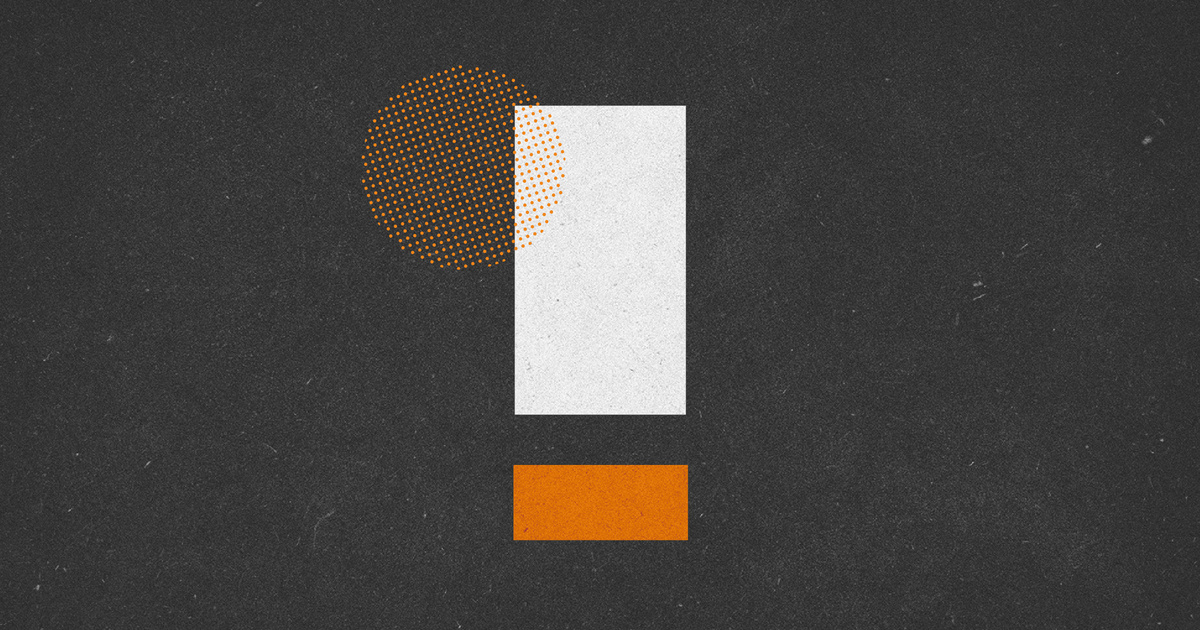Openness about food prices can be negative for you and me, says chief economist.
Recently, Oda, formerly Kolonial, announced that they are taking up the price battle with the low-price chains. Thus, they will now compete for the most affordable foods together with Kiwi, Extra and Rema 1000.
None of the Norwegian discount chains, except Oda, which is an online grocery store, has the prices available for price comparison.
Oda is now breaking with the historical practice in the low-price segment where the competitor’s prices have never been openly available to competitors.
Lack of transparency has, among other things, led to the low-price chains having their own price hunters who obtain prices from competitors in the competition to be the cheapest.
Oda currently has 300,000 customers and a turnover of NOK 2 billion.
CEO of Oda, Karl Munthe-Kaas says that Kiwi, Extra and Rema 1000 have been dominant in the low-cost genre for a long time.
– We have always been significantly cheaper than all other grocery stores online since the beginning. Now we are stepping into the low-price segment, by lowering prices, this is an important message to our customers, says Munte Kaas, and emphasizes:
– It should be clear to consumers that they can trust that we have as low prices as Rema 1000, he says to Nettavisen.
– How do you expect to appear in Nettavisen’s future price comparisons of the low-price chains?
– We will match the low-price chains, in addition to providing personalized offers. I expect to come out the same, he says.
Also read: Oda takes up the fight with the low-price chains: – Must always match the prices
Small market share
The CEO is not afraid that they have now placed too much responsibility on their shoulders to match the low-price chains.
“Surveys show that two thirds of all consumers shop in a low-price chain, and that price is very important for Norwegian consumers,” he says.
He thinks Oda here is a big advantage compared to the other low-price chains,
– We now match low price on price, but they do not match us on selection, quality and home delivery, he says.
Munthe-Kaas says that in the future they have a strong focus on growth, and want to take new market shares.
Oda only delivers goods to customers in Eastern Norway. As of today, they have a few percent of the market shares in the total grocery market.
In comparison, Norgesgruppen, including Meny and Kiwim, has 44 per cent.
Also read: Kiwi with very expensive price cuts on nappies: Get an immediate answer from Rema 1000
Can provide more expensive food
Professor and chief economist at the Norwegian Competition Authority, Jan Yngve Sand, recently gave a speech at the grocery market’s conference Food in Oslo.
In the lecture, Sand talked about how he believes open price information can contribute to higher prices in the grocery store.
– Price transparency is a problem if competitors share prices – it can lead to a coordinated behavior, he stated to Nettavisen, and emphasizes that it is not a direct comment that Oda has now established itself as a low-price chain.
See interview with Jan Ynge Sand here:
Sand believes that the collaboration can signal to the competitor what it intends to do with the price in relation to certain products.
– Thus, you can end up with higher prices than you would otherwise have done, says the chief economist at the Norwegian Competition Authority.
– How can price transparency affect the price to the consumer?
– It can be affected by, among other things, companies trying to signal to their other competitors that they want a higher price, and that they also try to set a slightly higher price – so that the competitors follow, which in turn gives higher prices to the consumer, says Sandy.
Unclear
However, the Oda boss does not agree with the chief economist, and believes it is unclear whether price comparisons push prices up and down.
Munthe-Kaas believes it is worth noting that virtually all other industries have the opportunity for price comparisons, whether it concerns mortgages, or a number of items that can be checked on the price comparison portal, prisjakt.no.
– We have taken the prices and posted them on a website. We want to demonstrate that we have the same prices as the low-price chains. I can not quite see that this is negative. I think it sharpens the competition.
https://mailchimp.com/nanyhetsbrev?title=Endelig! Get today’s most important news straight to your inbox
–


